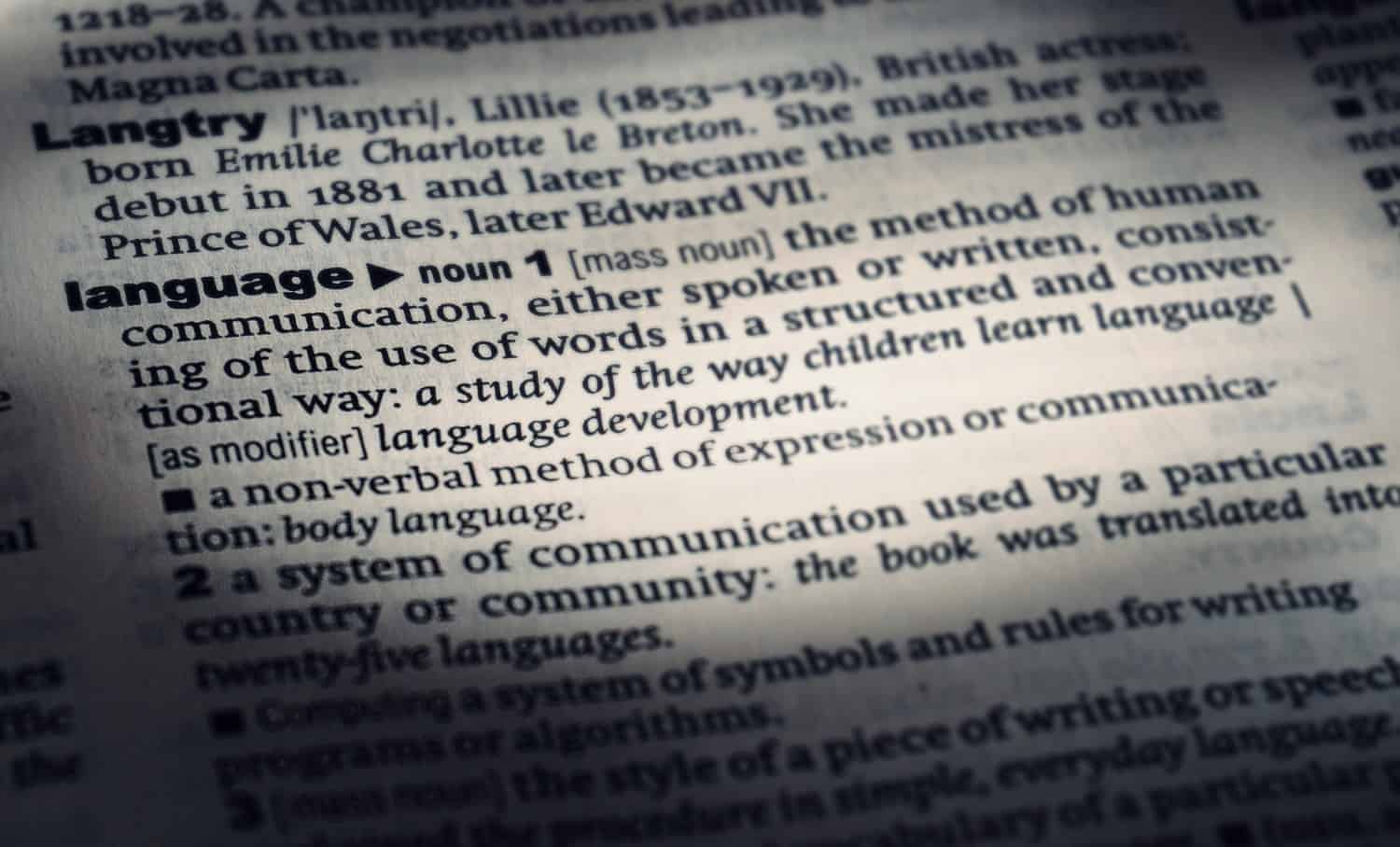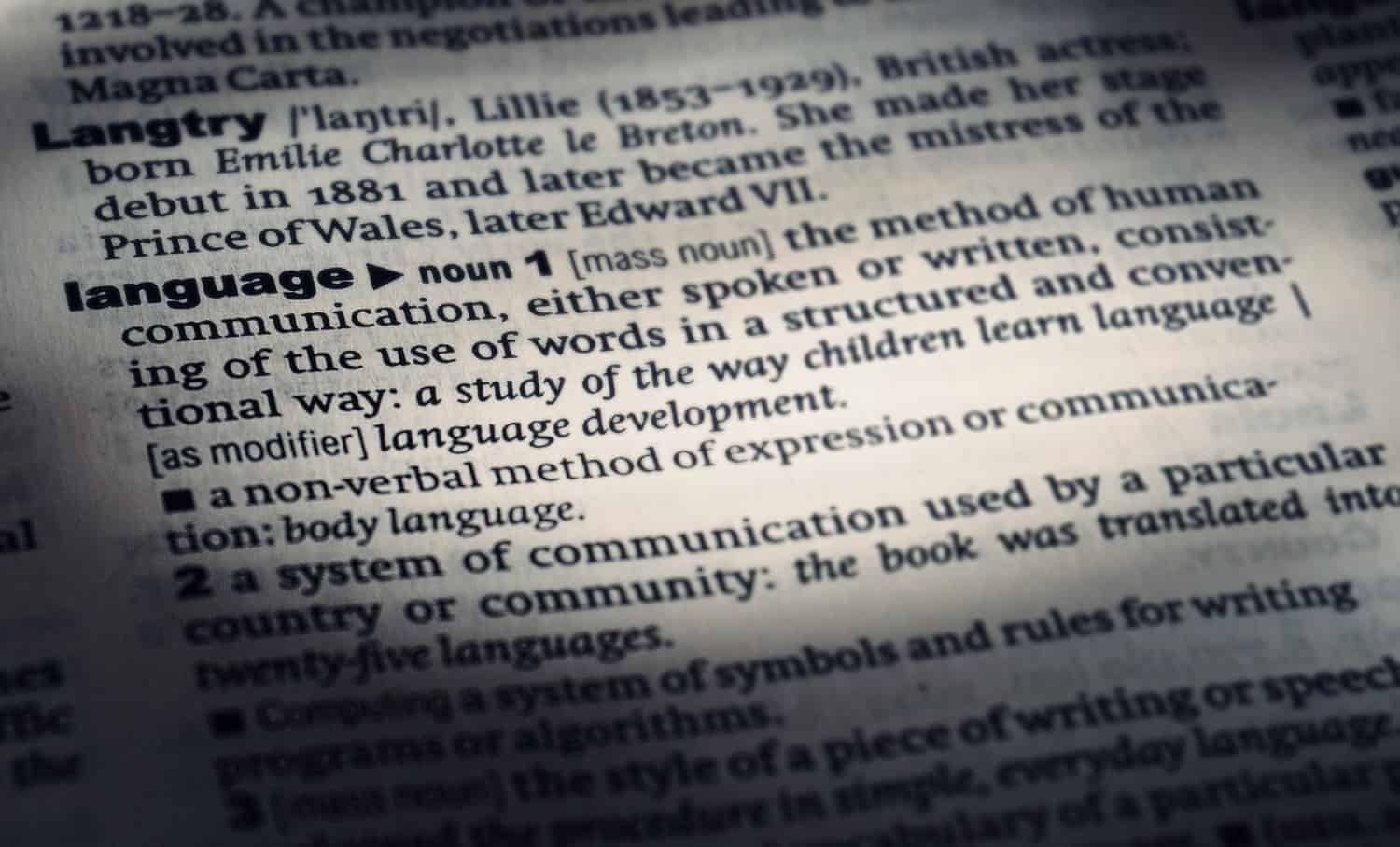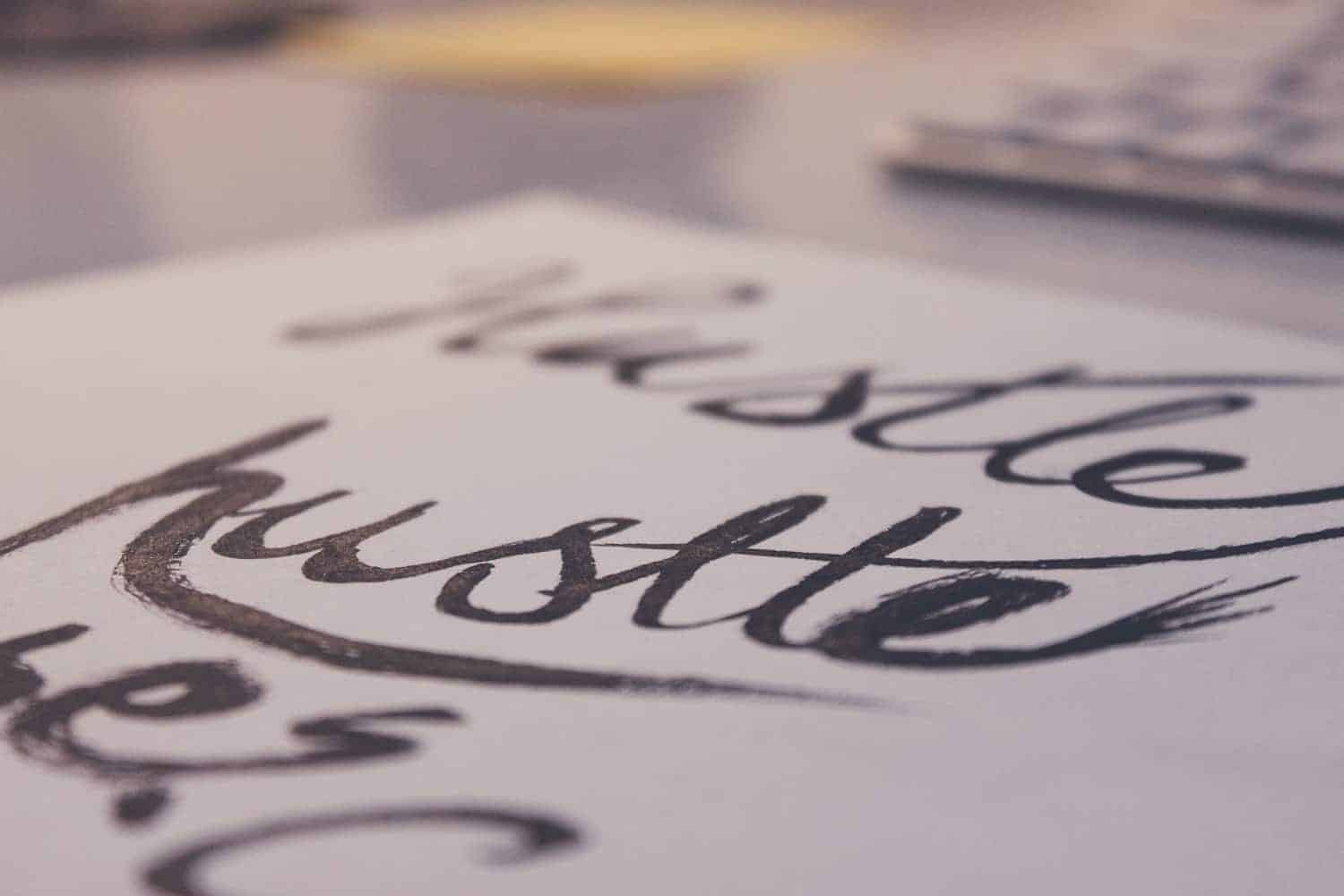Introduction
A report may be written for a superior (e.g. a boss or college principal) or a peer group (e.g. club members or colleagues). The content of a report is to some extent factual and draws on the prompt material, but there will be scope for candidates to make use of their own ideas and experience. Candidates will be asked to do more than describe a situation; they may be asked to evaluate to what extent a particular aim has been achieved, or to suggest an alternative course of action.from: Cambridge English Advanced Handbook for Teachers
Reports are one of the possible texts you might pick in the second part of the C1 Advanced Writing exam. In the first section, you always have to write an essay while in the second task you can choose from an email or letter, a proposal, a review or a report.
Reports are easier than they seem
Writing a good report is really not that difficult. As in every writing task in CAE, there are very clear criteria that give you orientation and a framework which you can use to achieve success.
All report tasks usually share certain characteristics so they are pretty similar, which means for you that you can practise and learn to recognise these typical features. This way, you can become better very quickly and writing reports turns into an easy task for you.
So, this article talks about these commonalities, the structure you should follow when writing a report as well as useful language and typical mistakes to avoid if you want to get great marks. With all this in mind, let’s get right into it.
>>>> Find out more about how your writing in C1 Advanced is marked here. <<<
What a typical report task looks like
As I said before, report tasks always look very similar. Of course, the topics and exact things to include change from exam to exam, but generally speaking, there are many features shared in all those tasks and we are going to look at what they look like and how you can exploit and use them to your advantage.

When you see a task and you get ready to analyse it, always remember to look for these specific points:
- What are you going to write about? (topic)
- What exactly do you have to include in your report?
- Who is going to read your report?
You should read the task very carefully and underline keywords which give you the answers to the questions above. Here is what this could look like:

You can see the coloured parts that give you the answer to our three crucial questions. First of all, the topic of your report is about your new job (red). Obviously, knowing what you are going to write about is the most important thing.
Secondly, we need to analyse what exactly we have to write about and the main points we have to include in our report. In this example, there are three main points (blue):
- Explain what you have achieved so far.
- Describe your problems in this job.
- Suggest future training.
There are always three main topic points for you to deal with in a report so you can make a mental note of this.
Last but not least, we need to find out who is going to read your report (green). Here, you are writing to your manager who is a superior. You might ask yourself why this is important, but this tells you what the most appropriate register (formal, neutral, informal) to use is.
In our case, we should use formal English as we are basically writing to our boss. In formal English, you shouldn’t use any contractions (I’m –> I am), colloquial expressions or informal phrasal verbs and idioms. Please keep in mind that your use of register is part of your marks so be careful with it and make sure to do it the right way.
How to organise your report
Once you’ve figured out what the topic of your report is, what exactly you have to include and what the most appropriate register and tone is, it is time to think about how to organise your report. Just like in the previous section you can structure every report in the same way. Of course, there is always room for interpretation, but what I’m going to tell you in this article has helped many students get the marks they want, so give me a chance. 🙂
I hope you remember that there are three main topic points that need to be included in our report.
- Explain what you have achieved so far.
- Describe your problems in this job.
- Suggest future training.
Each of these topic points deserves its own paragraph which gets us to three paragraphs so far. You should also include a title and an introduction to state the purpose of your report as well as a final paragraph to conclude the report and make recommendations based on the main points. All in all, that leaves us with five paragraphs:
- Title/Introduction
- Explain what you have achieved so far.
- Describe your problems in this job.
- Suggest future training.
- Conclusion/Recommendations
To round things off, give each section a heading to make it easier for the reader to find specific ideas in your report and you are good to go.
Please note that this structure works for every report task in C1 Advanced. Obviously, the topic and three main paragraphs change depending on the exam question, but if you simply replace sections 2-4 with whatever you are asked to write about in the test, you should be on the safe side.
Always make a plan
One of the biggest mistakes I encounter is that students look at the task and then start to write their report straight away. Halfway through the task, they realise that their text isn’t structured logically, they panic and change everything just to run out of time.
Please don’t make the same mistake. Setting up a plan takes you 3-5 minutes, but it can save you a lot more because you know exactly what you want to include in your text and you can stay calm and relaxed.

Simply use the list we made earlier and add a couple of keywords to each section as an anchor for you in case you forget some of the details you want to write about. That’s it.
>>> Find out more about writing an essay for C1 Advanced. <<<
>>> Learn how to write a proposal for C1 Advanced. <<<
The different parts of a report
Looking back at our example exam task from earlier, we are now going to have a look at the different parts of a C1 Advanced report. I’m going to show you how to write good introductions, topic paragraphs and conclusions in order for you to see where you can collect more marks than most other candidates.
Title/Introduction
A report is a factual piece of writing meaning it doesn’t have to sound very sensational, but it should be clearly structured and rather descriptive and evaluating.
It is very important that your introduction makes it clear what the purpose of the report is and what you are going to write about. Try not to simply copy the wording from the task, but instead paraphrase and use your own words to show the examiner that you fully understand what is expected from you.
Some good phrases to start your report include the following:
- The aim/goal/purpose of this report is to …
- This report is intended to show/evaluate/analyse/discuss …
- In this report I will …
A possible example introduction might look something like this:
Six-month progress report
Introduction
The purpose of this report is to eveluate the progress following the first half year in my current position as an English Teacher as well as to make suggestions for professional development measures in the coming months and years.
You see that I haven’t done anything revolutionary. Choose a simple title and sub-heading and just be clear about what you are trying to achieve with your report and you’re ready to move to the next part.
Topic paragraphs
In a report, the topic paragraphs are the parts with the most content. Here, you work on the main points in the task. Again, you don’t need to make it sound sensational as you are not trying to write a story or review, but you are describing and evaluating your job situation.
Similarly to the introduction, you want to use headings for each of these three paragraphs in order to make it easier for the reader to follow and to better understand your report.
Achievements
Throughout the first six months of my employment here at XYZ School I have made important strides in my professional development by incorporating several new methods such as the task-based approach in my daily teaching practice, which has improved my students’ experience tremendously. Apart from my personal progress, numerous students have achieved their goals and advanced to higher education providers under my guidance.
Problems
Despite all of this I am still struggling with the organisation of our internal exams as there does not seem to exist a policy and students have expressed their displeasure with other groups at the same level receiving easier or more difficult questions in their tests. Additionally, my mentor has not always been available even though a certain level of guidance in specific areas, for example developing my own teaching materials, is still required.
Future training opportunities
Considering all of the above, two main areas of possible improvements can be identified. Firstly, student and teacher satisfaction could be increased by establishing a resource bank for tests and exams and by training all the teachers to use them so as to ensure a consistent experience for our students. Secondly, regular meetings with a mentor should be mandatory in order to provide guidance and to help teachers become independent and confident with teaching materials.
Looking at my topic paragraphs, you can see that I use formal language throughout, some passive structures (e.g. “a certain level of guidance … is still required”, “possible improvements can be identified”) to make the report a little bit more impersonal (even though this task is about my personal experience at work) and I only focus on the task without including anything that is unnecessary.
Conclusion/Recommendation
Last but not least, we need one last short paragraph to wrap up our report. What you write in your conclusion depends on the things you mentioned in the main section and the exact requirements in the task. Most of the time, you have to make a recommendation so it is important to use some persuasive language (after all, you want the person who reads your report to do follow your recommendation).
In our specific example, we have already made some recommendations in the previous section so we can simply reinforce what we said there and try to persuade the manager of the language school.
Some nice expressions include the following:
- I would recommend/suggest (that) …
- The following (improvements) are recommended: …
- The best ideas/solutions seem to be …
- It would be (highly) advisable to …
- If it is decided to follow my recommendations, …
- Based on the findings of this report, I recommend/suggest + -ing
- I (strongly) urge you to …
Let’s see what this could look like in practice:
Conclusion
If it is decided to follow my recommendations, the situation of the teachers and students at our school is very likely to improve and overall satisfaction will probably increase due to more efficient work processes so I urge you to consider these ideas.
I try here to make my point again in a condensed form and really put some kind of pressure on the manager without being impolite or too straightforward with what I say.
I also refer back to my suggestions from the last topic paragraph (“more efficient work processes”) and I use some of the useful language that I recommended above…and that’s it.
How your report is marked
Marking writing tasks in C1 Advanced is very complex and there are a lot of things to consider so I decided to write a separate article on this where you can find all the information you need in order to get a better understanding of the criteria and requirements in the CAE Writing exam.
So, if you want to find out more, you can follow the link below.
>>> Check out how your C1 Advanced writing is marked. <<<
Practice time
I hope that the information in this article is going to help you with your preparations for the C1 Advanced Writing exam. Reports are really not that difficult to master and if you start practising today, you will surely improve and be able to rock it when the official exam comes around.
Lots of love,
Teacher Phill 🙂















